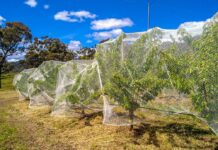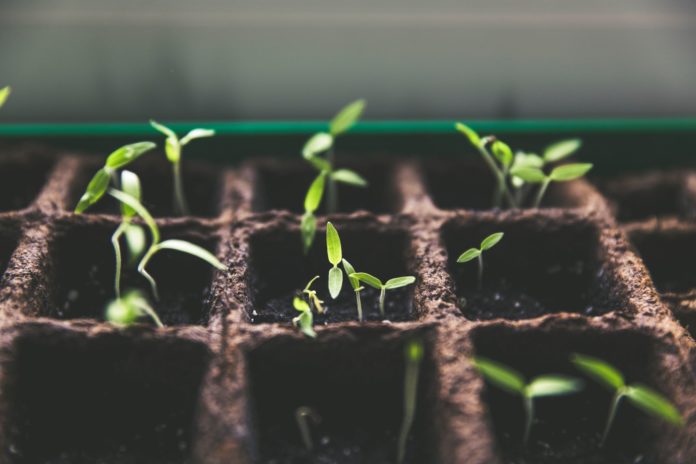
Spring is finally here and that means it is time to start planning your garden. Whether you want to plant seeds for tomatoes, fresh herbs, beans, or anything else you desire, the time is now. Our new realities have us confined to our homes due to this global pandemic. It is essential to keep busy. Sowing seeds and planting vegetables or perennials is not only therapeutic but very rewarding.
So what is better to start seeds indoors or outdoors?
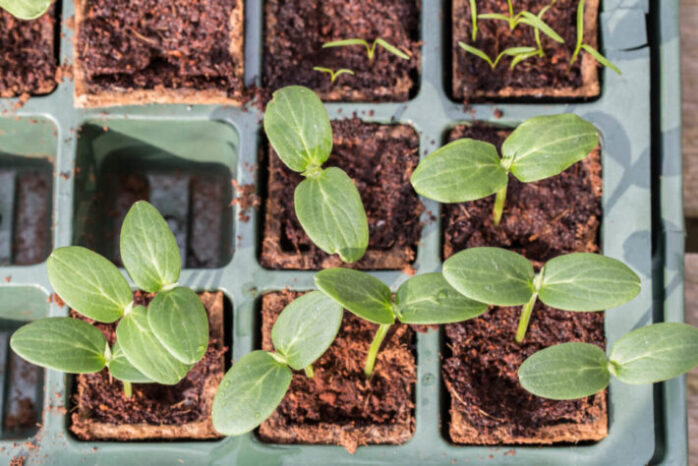
Outdoor seed starters
If you have a big backyard or acres of land, you can directly start sowing the seeds outside. It also really depends on what type of crop you are looking for? Are you looking for a full crop of corn, beans, squash, or some other vegetable that is your favorite? Perhaps you are interested in a more personal smaller batch like herbs or microgreens? Maybe you are interested in growing some perennials?
Indoor seed starters
A very practical and inexpensive way to start seeds indoors is to rescue some of your recycling bin material. Reusing plastic soda or water bottles are a great way to sow those seeds and watch them sprout into a wonderful herb or vegetable garden.
How to use the plastic bottle method
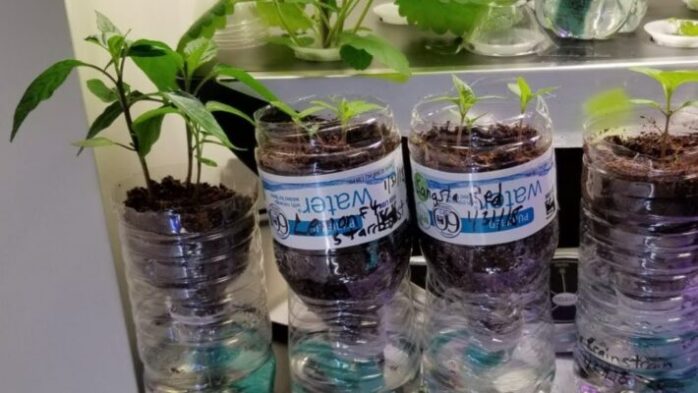
- Wash the plastic water or soda bottle.
- Make an incision about 1 to 2 inches lengthwise from the top of the bottle
- Place the top half right onto the bottom half
- Use safety gloves
- Place bottles in a climate of 70 to 75 Fahrenheit (21°C)
- By placing the top half of the plastic bottle on to the bottom half, you are creating a scaled-down version of a greenhouse. This method will produce fast results and get the ground running for your garden.
Greenhouse Advantages
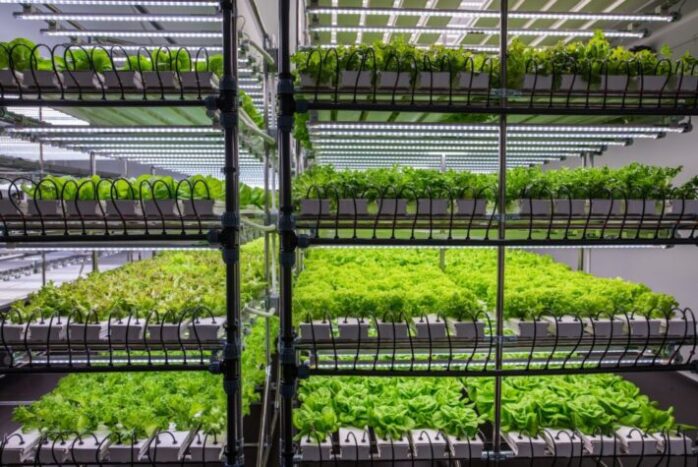
Germinating seeds in a greenhouse has several advantages:
- You can start seeds at any time of the year!
- Much more space
- Easier to manage and care for transplants
- Controlled temperatures
- Less damaged crops
- Much higher yield
- Protected from outdoor insects and pests
- You can grow anything at any time of the year!
- Cost-effective
- Comfortable environment for plants that promotes healthy growth
Depending on your budget, and size of the greenhouse, multiple shelves and benches can be installed to make room for more variety.
Due to its controlled environment, seeds can be germinated throughout the year, with one exception. It is advised to start the seeds approximately 6 to 8 weeks before the last frost anticipated for the climate in your region.
Greenhouse Seed Starting
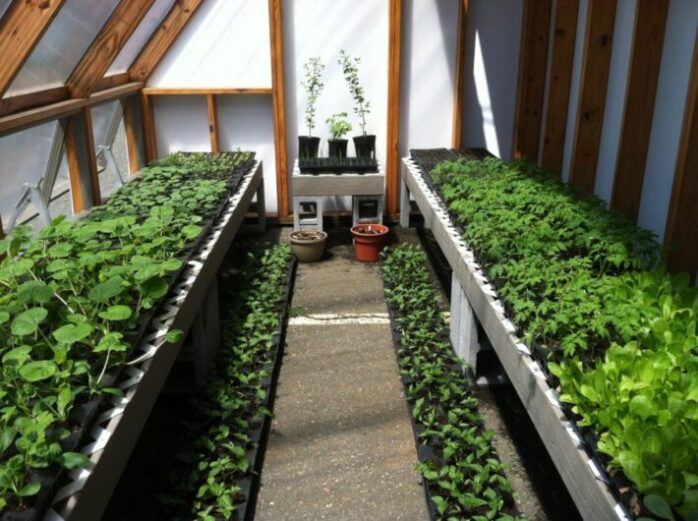
Easy steps to Greenhouse seed starting:
- With a moist seed starting kit fill the peat pots or flower pots. See allneedoff for details on how to do this.
- Mix
- Typically use 2 to 3 seeds per pot
- Range of depth starting from ⅛ inch to ½ inch
- Cover seeds with good soil
- Have a monitored water mist spray them
- Cover the pots and trays with saran wrap
- Timing is everything!
- Determine your geographical location
- Establish a healthy root structure
If you are not sure of your geographical frost zone, you can always check it online to research the data. You can also take a look at Farmers Alamanac Here you can get the long-range weather forecast for your location by simpling searching for your city, state or your zip code.
Beginner Tips
The very first thing you should define is how much space you will need for growing the seedlings. Plan for future planting and how much square footage you will need. Also you will need to educate yourself on a schedule for starting the seeds.
For instance, if you are starting tomatoes, eggplants, you should start nine weeks. Other plants like zinnia, lettuce, radicchio needs about Seven weeks.
Temperature is a major factor in getting the seeds to respond quickly in a healthy manner. You can have a cold greenhouse or a heated greenhouse.
Here are the differences
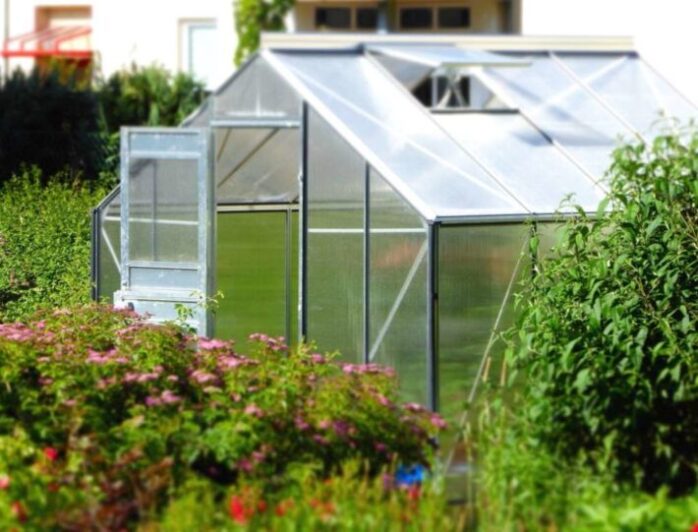
Cold Greenhouse
It normally gets cooler at night no matter what part of the country you are in. the unheated greenhouse, has only a few degrees difference. However it is recommended to put a blanket to cover up the seedlings. Yes some seeds are like babies, they need nourishment and nurturing!
Heated Greenhouse
Again depending on the size of your investment, it is a simple process. It is like turning n a heater in your basement when it gets a bit chilly. Heats mats are probably the most inexpensive way to produce the right temperature.
There is also propane heat which is activated through fans. If you do have money and want to turn this greenhouse into a profit, then investing in a duct system is the best to go. Humidity domes is another option to look into.
Humidity Domes
Humidity domes are made of a thick, clear plastic that allows light to penetrate the seedlings as well it keeps the moisture levels at a good consistent temperature. It works down to the root. It is a great item to have in your potential greenhouse.
Other factors for successful germination
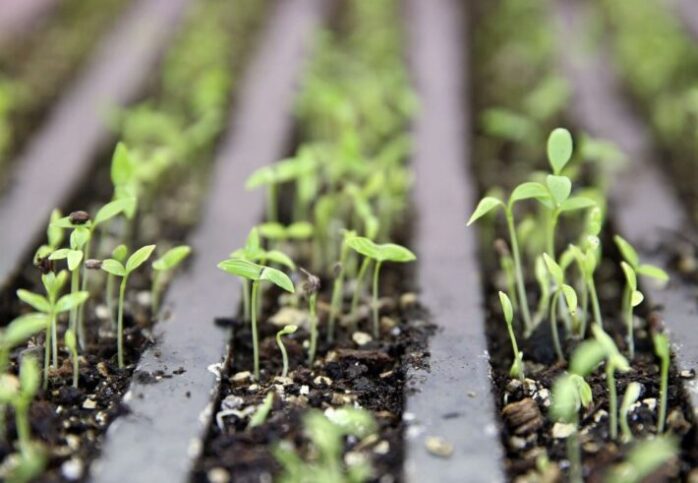
Lighting
Placing seeds close to a window for natural light is the best way to go. However, some regions in the country tend to have more overcast days, especially on the east coast during the fall and winter months. In this instance, artificial lighting sources like fluorescent lights, are very effective in achieving the results you want.
Since the COVID-19 Coronoavirus, Cornell University has a garden-based JUST PLANT IT, NY!” campaign that is encouraged and available to the public for free! Beginners or veterans are welcome to participate in this great program.
Check your state and city to see what programs they may have to offer. Whatever your ambitions are, enjoy the process of your successful seed germination.


